Australian cattle dogs: history of the breed, temperament and rules of care
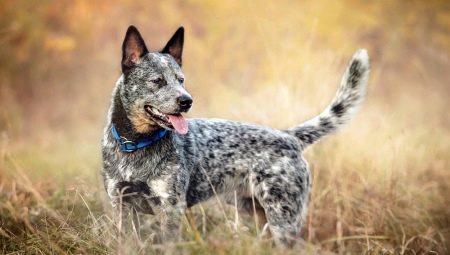
Australian Shepherd Dogs, like many other breeds, have been artificially bred. Despite the fact that farms are now equipped with more equipment, kettle dogs have not lost their popularity (they were originally obtained for driving animals), they are still loved. They became good and loyal friends.

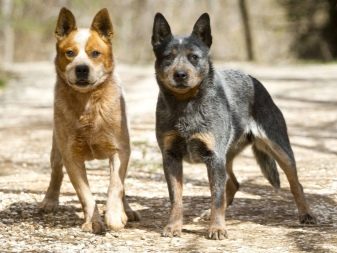
Origin
Australian Shepherd Dogs (or Healers) and Australian Short-tailed Herding Dogs have closely related origins. They originate in the 19th century from tamed dingos and collies. We can say that this is the successful result of a bold experiment by Thomas Hall of New South Wales. He crossed these animals on his farm, and used the resulting offspring for his needs. Australian farmers needed strong and resilient helpers to guard and drive their flocks over long distances.
However, until 1870, healers were exclusively the property of Hall's farms. After the owner passed away, all of his property, including the land and living things that inhabited them, was determined for auction.
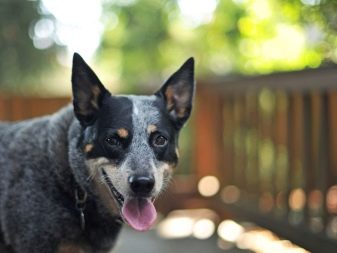
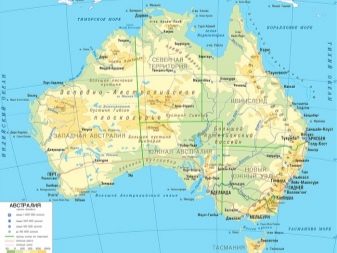
Shepherd dogs were improved through many years of crossbreeding with other breeds, among which were mainly Kelly and Dalmatians. The results then resulted in the formation of two modern breeds. They were Australian healers (shepherds) and Australian short-tailed shepherds.
Until the end of World War II, representatives of these breeds did not leave their homeland. It was only when the soldiers returned to America and Canada that the kettle dogs ended up in other countries, where they were appreciated. Strong and sturdy shepherds became helpers to American farmers.In the late 1980s, the first representatives of these breeds were brought to Great Britain, and from there to other European countries.
These dogs appeared in Russia in 2004, when a Polish female was brought. Then, 7 years later, they got their first offspring. And also in 2011, representatives of the breed were brought to Russia from Australia.

Description of the breed
The Australian Cattle Dog is a strong, sturdy and resilient animal. Although at first glance she seems awkward, but upon close acquaintance, the healer turns out to be dexterous and agile. One of the signs indicating a purebred is the predominance of the length of the animal over its height (ratio 10: 9). The Australian Shepherd Dog can be called compact. The height of such an animal usually does not exceed 50 centimeters at the withers (in males), in females - up to 45–48 cm. A suitable body weight for them is 15–23 kilograms.
There are two options for dyeing the coat of a Kettle Dog, although puppies are usually born white (like Dalmatians or with white markings).
- Light blue, blue or light blue with splashes. It can be a solid color wool or blotches (spots, marks). They can be distributed evenly throughout the body or in certain parts of the body (head, limbs, throat, outer thigh). Marks are varied in color: black, yellow-brown, mustard, blue (lighter in comparison with the rest of the color), brown.
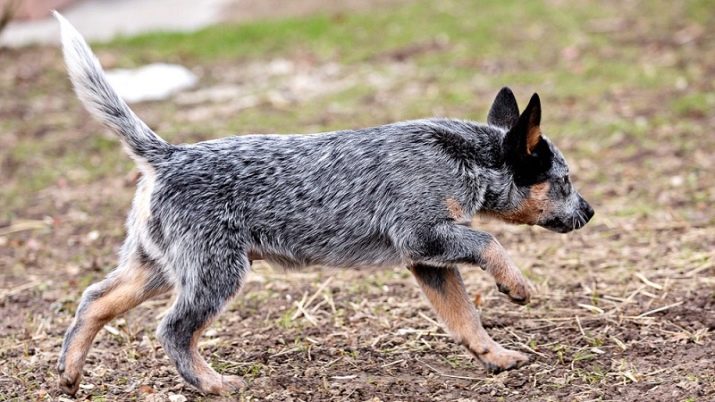
- Red or red with splashes... The color is uniform, and there may also be markings of red, red, dark red shades on the head. Blotches on the torso may also be present, but they are undesirable and can reduce the cost of the puppy.
Important! Puppies with white markings may be born. Experienced dog breeders, by the presence of marks, their color and location, can assume possible diseases for a given animal.
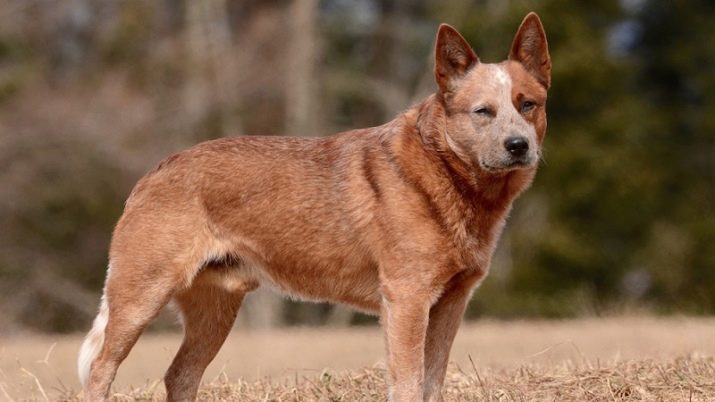
The latest standard for the Australian Shepherd and Short-tailed dog was adopted in 2012. Any changes that are not included in it are considered invalid. Such animals cannot participate in international or national competitions. According to this standard, Australian Cattle and Short-tailed dogs are described as follows:
- goals and purpose: for the protection and grazing of animals (in particular, cattle), because these are shepherd dogs;
- silhouette: healers are harmonious, small in size and proportional in build;
- the ratio of the length and height of the animal at the withers is 10: 9;
- cranial part of the head: wide skull, the size of the head is proportional to the body, slightly convex frontal part, flattens as it approaches the muzzle;
- face: muscular cheekbones, black nose, lips usually dry and tight;
- muzzle: powerful, broad, of medium length;
- teeth and bite: normally scissor; 42 strong and strong teeth, thanks to which the dog can bite large animals on the legs, for example, a cow, hence the name of the healer breed, which translates as heel;
- the ears are far apart, the fit is wide, slightly smaller than average; they have a pointed top and widen towards the base;
- eyes and gaze: the eyes are of medium size, have a medium stance, alertness and intelligence are noticeable in the gaze;
- the cervical part is of medium length, muscular, devoid of dewlap;
- body: long croup, deep medium-wide chest, powerful back, straight topline, strong and wide loin;
- tail: usually not docked, at rest it is most often lowered, has a low set;
- forefeet: straight, parallel to each other; the toes are short and end in hard pads, the paws are somewhat rounded, the forearms are strong, the shoulder blades are obliquely set and strong;
- hind feet: Set wide apart, strong, strong, muscular; the hock and knee joints are well angulated, the thighs are long and wide.
The coat is usually smooth, with a thick and short undercoat. The guard hair is waterproof, thick, close-fitting, straight and coarse. In the area of the face and on the front surface of the limbs, the hair is usually shorter than on the rest of the animal. The standard for a cattle dog is considered to be the body coat length from 2.5 to 4 cm. A change in this value to either side is a marriage and a reason to exclude the animal from the competition and the breed register.
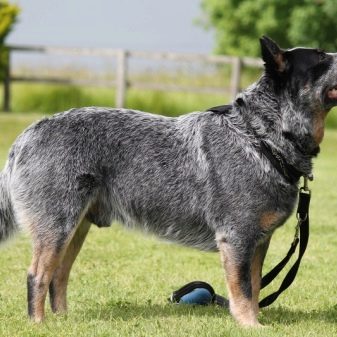

Advantages and disadvantages
This breed, like any other, has its positive and negative sides. The first include the following:
- devotion;
- endurance;
- cheerful character;
- cheerfulness;
- get along well with children and love them;
- high mind;
- ease;
- a tendency to learn.
Important! In some countries, kettle dogs are used as psychologists and psychotherapists.
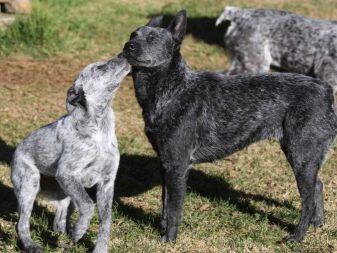
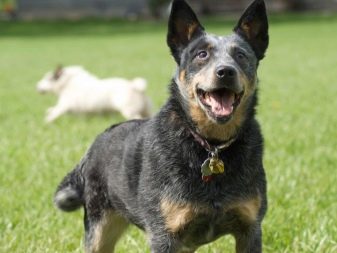
The following are considered negative points:
- some imbalance of character;
- the habit of animals to bite;
- the need to live in a large house, the conditions of the apartment do not suit her well, which can also affect the behavior of the animal;
- some also include the cost of such a friend as a disadvantage, since the minimum price for a puppy is about 25 thousand rubles, although fans are ready to shell out such amounts.
Important! Character traits largely depend on the upbringing and environment of the dog.
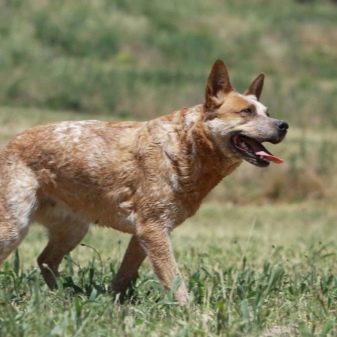
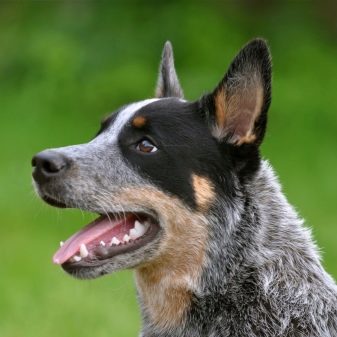
On the negative side, mention should be made of the diseases characteristic of this breed. Among them, the following are worth noting:
- dysplasia of the joints (more often the hip joints);
- progressive blindness and retinal atrophy;
- deafness is a congenital malformation inherited from Dalmatians, more often seen in puppies with white marks or white at birth;
- reduced hearing acuity in one or both ears;
- malocclusion;
- a decrease in the number of teeth (some teeth are simply absent or expressed in the form of primordia, it is considered standard if the decrease in the number is no more than 3 teeth out of 42).


Character traits
The manifestation of unreasonable aggression and cowardice is considered a defect. By nature, puppies have the optimal balance of protective and other instincts, devotion, loyalty. For its owner and family, it is an excellent friend and working dog, a guard of farm lands and animals or at home. Healers treat strangers and strangers with caution and distrust. This is also expressed in relation to both humans and animals.
However, kettle dogs lend themselves well to training and education. They are obedient and often positive, cheerful, love children and get along well with them. But before you leave them unattended with babies, you need to make sure that you have taught your dog not to bite just like that. These dogs are perfect for active and athletic people.
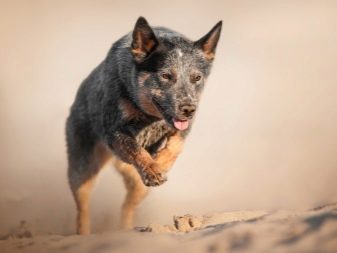
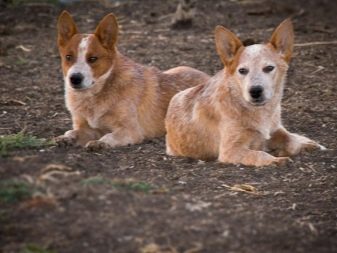
Conditions for keeping
Originally Australian herding dogs were bred to live and work in open conditions. Therefore, closed small rooms and apartments are poorly suited for the life of healers, best of all - houses with a plot. If the dog lives in an apartment, the owner should be prepared for the fact that negative character traits will soon appear. The animal becomes overly aggressive or lethargic, the behavior becomes unstable and the mood often jumps, and may refuse to eat. And also the kettle dog may seek to escape, while it is undesirable to use a chain and a closed aviary.
Important! Ideal conditions would be a house with a large plot and landings or without them. It is recommended to take a walk outside the home territory at least 1-2 times a week.

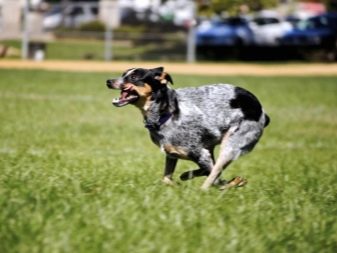
What to feed?
Since wild dogs (for example, dingoes) left a large mark in the pedigree of this breed, you should avoid foods that were not included in the diet of their ancestors. This is because there is a genetic shortage of enzymes for this food. Optimum is the presence in the menu of milk porridge and lean raw meat, while the latter should account for about 50%. The predominance of foods with easily digestible carbohydrates can lead to pancreatic disease or the development of malignant neoplasms of the digestive tract.
Important! Two-month-old puppies are given low-fat cottage cheese with kefir, eggs. Then, chopped vegetables (cabbage, carrots, beets, zucchini), raw meat and fish are included in the food.
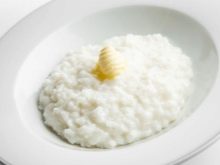

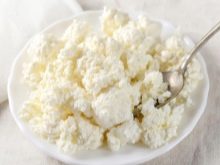
The list of prohibited products includes the following:
- spices and seasonings;
- pepper;
- onion;
- sugar;
- garlic;
- mushrooms;
- yeast;
- bread;
- flour products;
- potato;
- citrus fruits;
- smoked;
- ketchup;
- pork;
- Wheat groats.
Important! You can not give the dog food from the master's table. You need to cook separately every day.

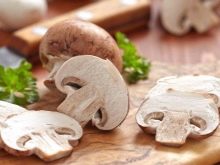

How to care?
If the Australian Shepherd Dog lives in a private house, then it needs to make a separate open kennel, while it is undesirable to use the chain. If the animal lives in an apartment, then the duration of walks increases to 3-4 hours a day, while during a walk, the dog must run, jump, play actively - adequate physical activity is needed. Their lack leads to manifestations of aggressiveness and the appearance of excess weight, which means an increased risk of disease. At least once a year, you need to be examined by a veterinarian.
Representatives of this breed do not need a haircut. That is, it can be performed at the request of the owner or in some cases. In normal times of the year, brush the coat 1-2 times a week with a thick-bristled brush. During molting, the procedure is carried out every day. It is necessary to bathe the dog in some cases as the coat becomes dirty, while using a mild dog shampoo.

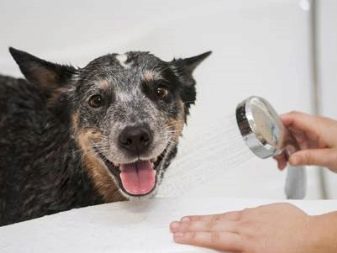
If the necessary physical activity is observed, then there is no need for regular clipping of the nails. They grind down on their own. It is recommended to trim the rudimentary claw once a month. If the pads on the paws crack, then they need to be washed and lubricated with a healing cream. Once a week, you need to examine the eyes and, if necessary, rinse them with a decoction of chamomile. And also with this regularity, you need to brush your teeth with a special dog paste and a soft brush.
It must be remembered that a dog is not a toy, but a living being, for which the owner is responsible, so before you get yourself a pet, you should think carefully.
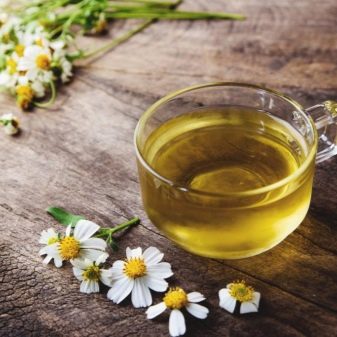
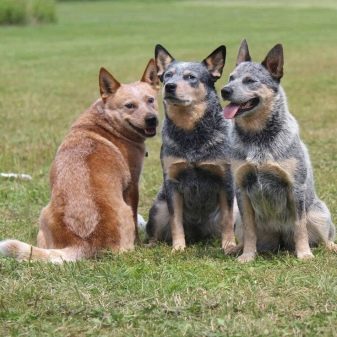
In the next video you will find interesting facts about the Australian Shepherd Dog breed.






































